‘I Have Lived in Each Picture I’ve Made’: British Pop Painter Peter Phillips On the Best Advice He Was Ever Given And What’s Next For The Art World
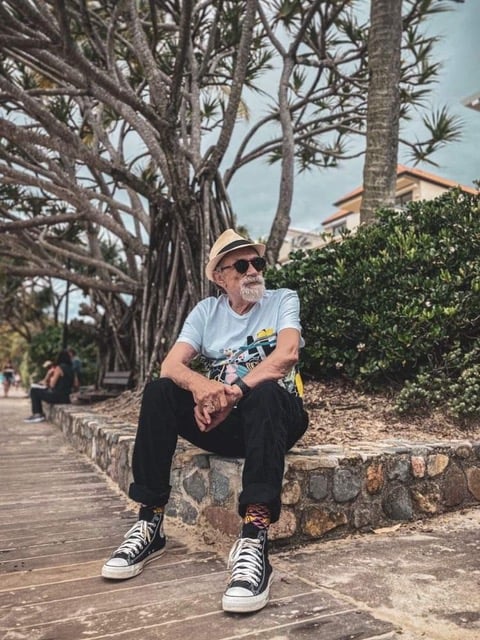

Jacobo Patino Soto

British-born, Australia-based Pop art artist Peter Phillips has had a singular career. He studied at the Royal College of Art, London, graduating in 1962. There he befriended soon-to-be-legendary artists such as Ronald Kitaj and David Hockney and developed his own unique Pop language. Over the years, his career, and that of his wife, the model Claude Marion Xylander, brought the two around the world, with time spent in Mallorca, the United States, and many other countries.
Today, in a world so oversaturated by commercialized imagery and self-generated photos, Phillips’ work feels particularly relevant. Adopting the visual language of advertising and graphic design—while also channeling Dadaist collage—Phillips’ style is at once in step with his Pop art contemporaries and wholly distinct from them.
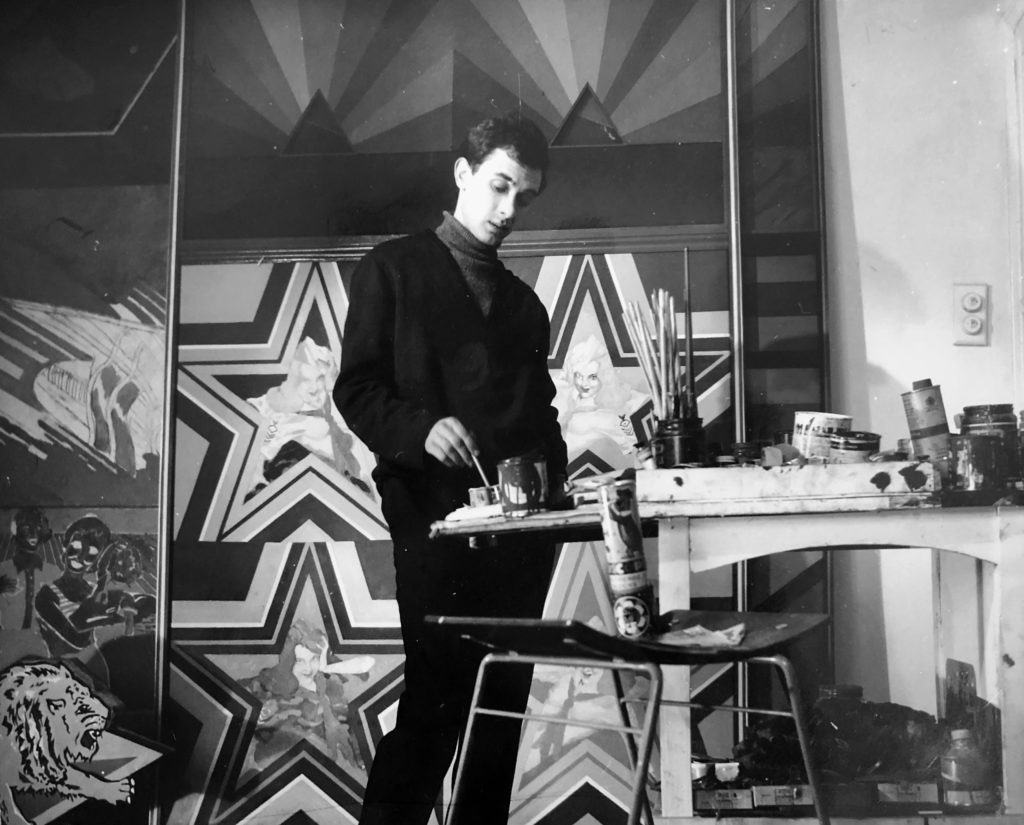
Phillips in his London studio on Holland Road. Courtesy of Peter Phillips.
Phillips is still at work. He recently collaborated with the British men’s swimwear company Orlebar Brown on an exclusive line of swim shorts.
Recently, we caught up with the pioneering Pop artist who is certain that the pandemic will bring forth an interesting and inspiring art movement. Meanwhile, he’s recently discovered NFTS, much like the rest of us.
Read on for more from our conversation.
What is your first memory of art? Who are the first artists you can remember seeing and being attracted to or influenced by?
I was young, I don’t remember exactly how old I was. Maybe thirteen. I won a local scholarship to travel across northern Italy. Florence—that’s my first memory of really great art.
How is the art market in Australia dealing with the ripple effects of COVID-19?
It seems COVID has accelerated geopolitical trends that began well-before it, namely the decline of globalization. I wonder if that means the art world will become more locally-focused.
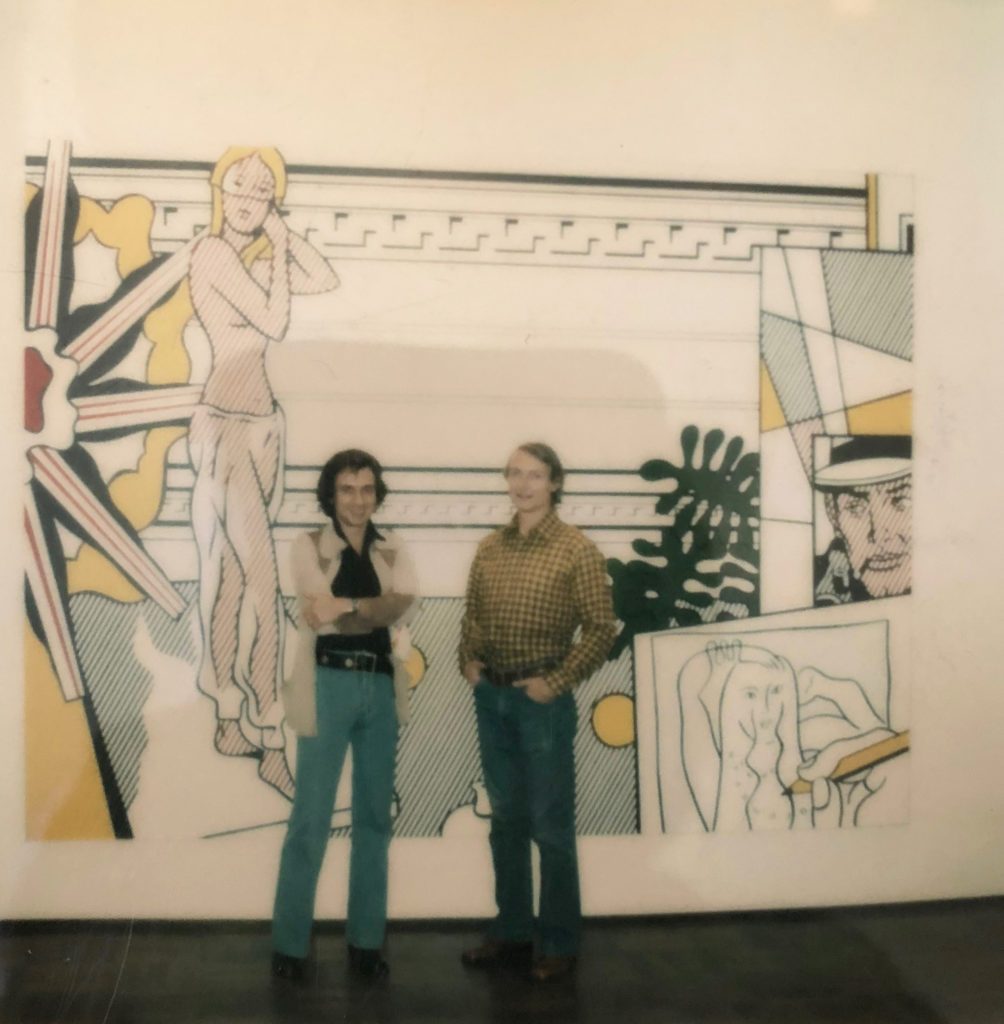
Peter Phillips with Roy Lichtenstein. Courtesy of Peter Phillips.
Times of social unrest and upheaval have historically been well-documented by artists of the time. How do you think artists are responding to this unique time in history?
When I grew up in Birmingham, Nazis were dropping bombs on our heads. Years later, we ultimately responded by celebrating popular culture. It can sometimes take years for artists to respond to times of upheaval.
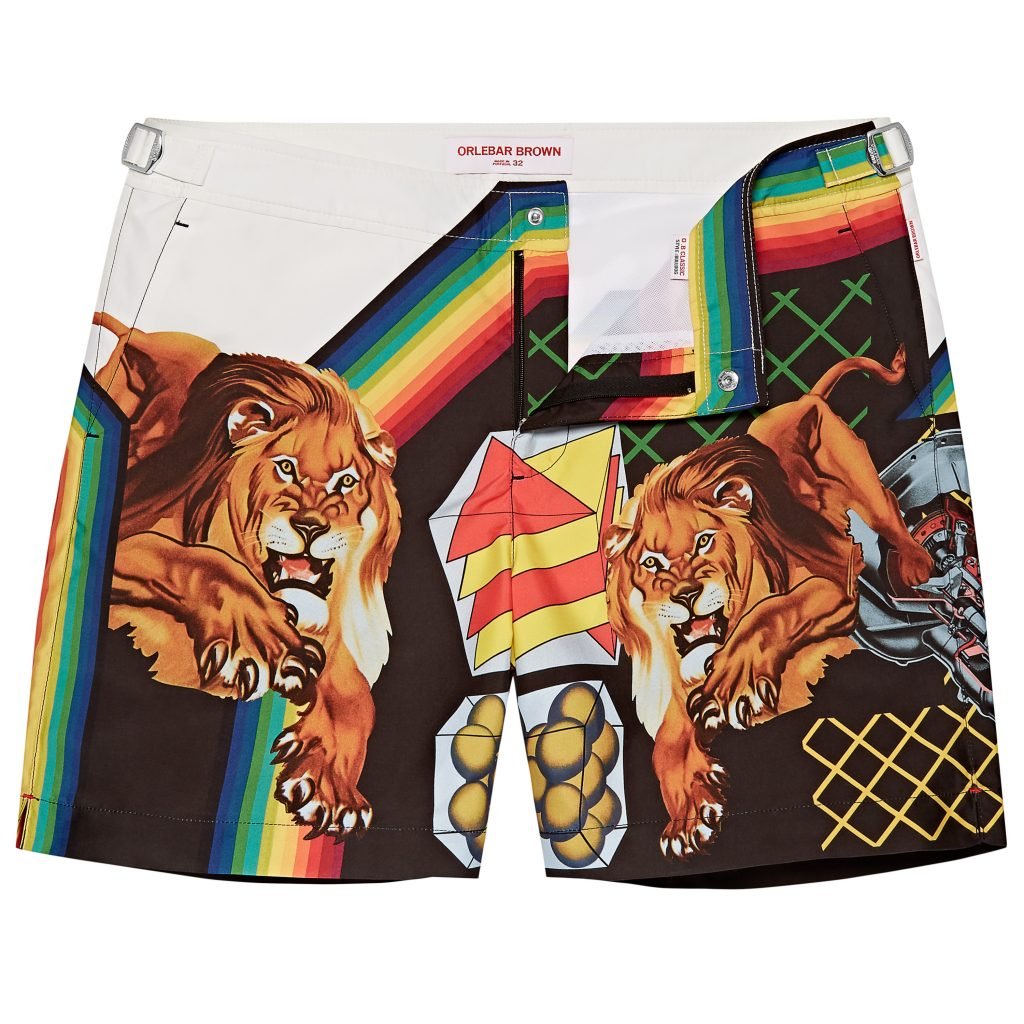
A design from the Orlebar Brown x Peter Phillips collaboration.
You lived in Spain for many years. In how far have these two distinct countries stimulated your oeuvre?
I’ve lived in England, the United States, Switzerland, Spain, the Seychelles, Costa Rica, Australia… It’s difficult for me to say the degree to which these very different—yet all very places had an impact on my work.
Art and fashion offer many creative synergies. What motivated you to collaborate with the renowned British brand Orlebar Brown?
My late wife Claude was a successful model and fashion designer. She would have liked Orlebar Brown, as do I.
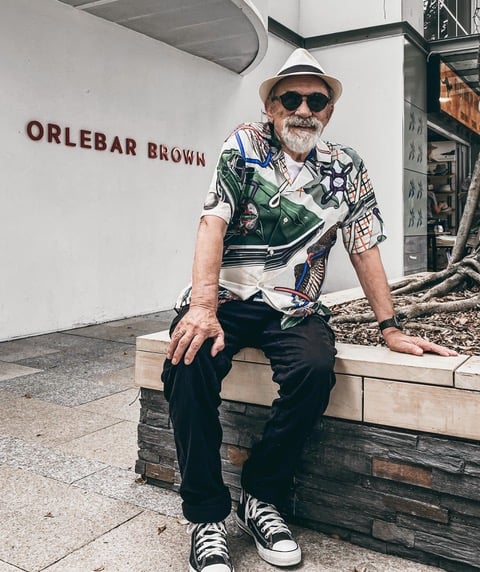
Courtesy of Peter Phillips.
What is the most enduringly valuable piece of advice you’ve been given?
“Don’t spend all your money.”
If you were given the opportunity to live in a painting, which one would it be?
In a way, I have lived in each picture I’ve made.
Artists have typically found inspiration from their predecessors. If you could have dinner with any 3 artists, living or dead, who would you choose?
Pick any three from the Dutch Golden Age.
What do you think the next big revolution in the art market will be?
I think we’re already seeing the demise of commercial art galleries as arbiters of talent. It’s become a much-less private transaction. People go online and they can pick what they like without being sold to. Galleries are being forced to sell in this online environment. I think we’re on the brink of revolutionary democratization of the art market. Another thing is I recently stumbled upon NFTs. I don’t even know what to think of that yet—still trying to wrap my head around it.